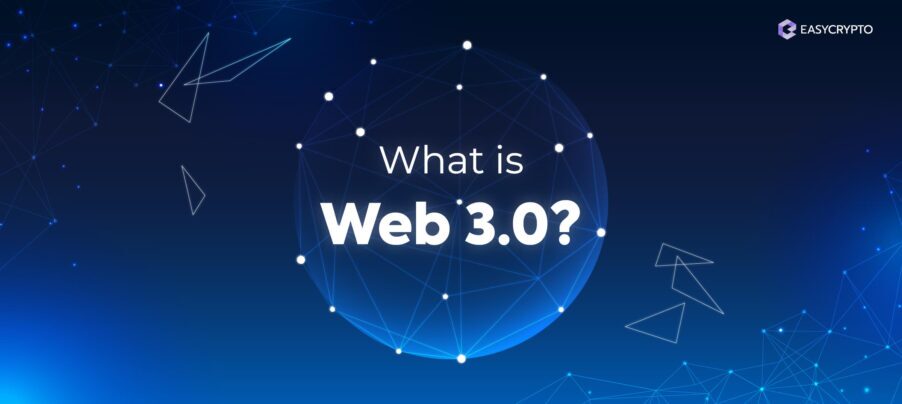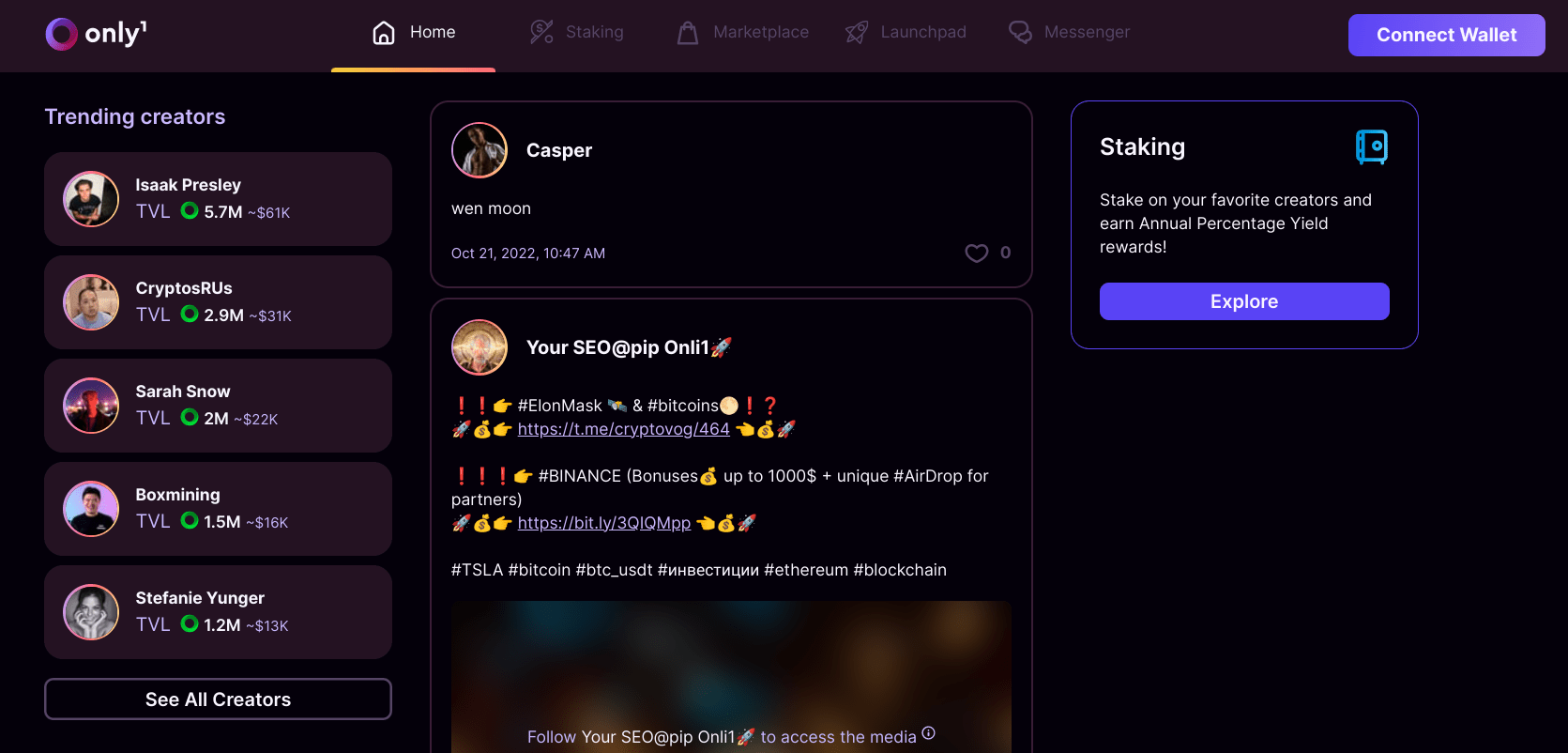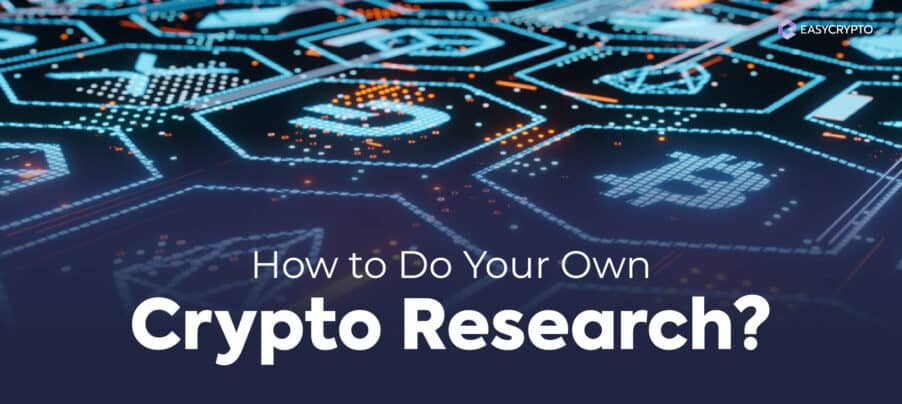What is Web 3.0? The Future of the Internet Explained
Dubbed the next evolution of the internet, Web 3.0 is set to revolutionise the way we interact in the digital space.


You may be familiar with the mainstream technologies of the Web. Platforms that host user-generated content like Instagram, TikTok, and Twitter, have become part of our norm. But the Internet is slowly moving on to something new and exciting — Web 3.0. (Just for your reference, today’s Internet is built on “Web 2.0” technologies).
In this guide, we’ll talk about all the interesting aspects of Web 3.0 — what it is, what makes it unique, and how everything is tied together.
What is Web 3.0?
The basic premise behind Web 3.0 is to “bring the Web back to the people”. This means building a new version of the Internet where content, data, distribution, and advertising revenue are truly owned by public stakeholders, and not by centralised entities controlled by a few powerful individuals.
While Web 2.0 allows you to create and monetise your own content for free, you are still exchanging something of value — your data. You may not realise this, but your data is far more valuable to Internet companies than the amount of money they’re willing to reward you in monetisation.
Those six-figure-earning content creators who made so much money off the platform are, in fact, helping those platforms make even more money by attracting people onto the platform.
In a nutshell, Web 3.0 attempts to solve the data-ownership problem. Using decentralised ledger technology, anything you produce digitally can truly be owned by you.
Tim Berners-Lee, the inventor of the World Wide Web, originally called this new concept “the Semantic Web”. The goal of this new Internet will be to create an intelligent, secure and open space for users to share information. This will be done through technologies like machine learning (ML), Big Data, and Decentralised Ledger Technology (DLT).
Web 3.0 will spark a new way of doing business on the Internet, which is driven by digital currencies or crypto tokens.
What are some components of Web 3.0?
Since the idea behind Web 3.0 is to bring the Web back to the people, decentralised technologies such as cryptocurrency, DeFi (Decentralised Finance), NFTs (Non-Fungible Tokens), DAOs (Decentralised Autonomous Organizations) are central to it.
Cryptocurrency
Cryptocurrency is a digital payment system that doesn’t require banking institutions to verify transactions. It’s a peer-to-peer system that can enable anyone anywhere to send and receive payments. Instead of using a fiat currency, cryptocurrency payments are recorded as digital entries in an online database called a “ledger”.

A cryptocurrency, by definition, is any system that uses cryptography as the framework to make internal payments between users, where funds are represented as entries into an online ledger. In essence, cryptocurrency can be used just like cash, you can use crypto to pay for all sorts of things.
Bitcoin (BTC), Ethereum (ETH), and Solana (SOL) are three of many well-known cryptocurrencies in the world.
Decentralised Finance (DeFi)
In short, decentralised finance (DeFi) is a combination of traditional banking services and technologies based on the blockchain, such as cryptocurrencies and DApps (decentralised applications). Traditional financial institutions, such as banks, rely on centralised infrastructure and main authorities to run their operations.

Whereas DeFi relies on code that runs on the decentralised infrastructure like on Ethereum blockchain. New processes that were once slow and prone to human error are now automated, saving time and money.
In DeFi, you can lend or borrow money, long/short, earn interest and more. Some people have used DeFi to escape crippling inflation, and some have even taken out & paid off loans worth millions of dollars without any personal identification.
Here are some helpful resources you can use to learn more about Decentralised Finance (DeFi).
NFTs
A non-fungible token (NFT) is a digital asset on a blockchain that cannot be replicated. NFTs can represent real-world items like artwork and real estate. Tokenizing these real-world tangible assets makes buying, selling, and trading them more efficient while reducing the probability of fraud.
Non-fungible tokens are a significant highlight of the tokenized economy planned for Web 3.0, as they can deliver flexibility as well as immutable proof of ownership. Non-fungible tokens comply with the core principles of web 3 and play a vital role in its future.
Read more on how to buy NFTs.
Decentralised Autonomous Organizations (DAOs)
A Decentralised Autonomous Organization (DAO) is a Web 3.0 concept describing a group of decentralised networks that runs on open-source code rather than a human-driven management structure. Its creators have designed it to operate without the oversight of any management identity or any government, so it can’t be shut down.

It works like a venture capital fund, anyone can invest in it and benefit from its profits. The system is built on top of blockchain technology, which allows for smart contracts—agreements written in computer code that automatically execute when certain conditions are met.
Technically, Bitcoin was the first decentralised autonomous organisation (DAO), a business model by which decisions are made electronically by a computer program and no human intervention is required. This means that, unlike most other businesses, a DAO has no central authority or server: its activities are governed by a series of smart contracts built into the very fabric of its network.
What is the Future of Web 3.0?
The future of the web 3.0 will revolve around decentralisation, privacy, and Artificial Intelligence. Of course, These changes will affect nearly every aspect of our lives.
For example, we’re already seeing new kinds of blockchain-powered applications, like Easy Crypto and other secure, private alternatives to traditional exchanges. Selling paintings will change to selling and owning non-fungible tokens (NFTs). Fiat currency will slowly become less-used than Cryptocurrency.

We’re also seeing the development of new types of social media platforms powered by blockchain, like Only1. It’ll be different from traditional social media platforms we use now like Facebook and Twitter because they are decentralised, allowing users to own their data.
Let’s not forget about the metaverse. Although we’re still in the early stages of developing it, you can already buy land, clothes, products and services using VR technology. Basically, all things you can experience in real life are now possible in the form of Augmented Reality (AR).
Regardless of whether or not you like these developments, these all things about Web 3.0 will certainly have an impact on how we live, work and play in a few years from now.
How to invest in Web 3.0 Projects?
Despite the fact that Web 3.0 is still in its early stages of development, it has become apparent that much technological progress has taken place over the last few years. This growth is evidence that there will come a time in the near future when most people using the internet will have begun using technologies that were developed during this era of Web 3.0.
And as I explained to you above, there are several projects currently in development. One of them might light up a spark that interests you. If that’s the case, one of the easiest ways to get involved is by investing in the cryptocurrencies that support them. Here’s a quick & easy tips for you to getting started with.
Do Your Own Research
Before you do some investing in any financial model, it’s a smart idea to do some research first. Most people skip this step and jump in immediately to invest—they’re afraid they’ll miss out on the moment (or so-called “fear of missing out,” or FOMO).
For instance, if you’re interested in NFTs (which is one of many Web 3.0 projects), you might begin to research cryptocurrency that supports this type of technology. Most NFTs are purchased with Ether (ETH), so if you see a growing market for NFTs, you might expect the price of ETH to rise too.
At that time, the floor price for any type of NFT was about 10 times higher than it was on June 21. This spike in prices gave ETH a boost, too, but it was still in the speculation stage.
I suggest you look into some more advanced research on it. It’s better to include all other variables, such as macroeconomics and microeconomics. Also, be careful of others’ opinions—only you can determine how much risk is appropriate for your own self.
If you’re asking yourself, “Should I invest in Bitcoin or Ethereum?” here’s a quick guide.
Buy Cryptocurrencies
Now, the second tip is to buy your cryptocurrency after doing all the required research. Easy Crypto is here to help you get started with your first steps in buying cryptocurrency.

We support over 160+ cryptocurrencies and are available in four countries: New Zealand, Australia, and South Africa.
Get started in the cryptocurrency by signing up now.
Apply the technology
You can be part of the new Web 3.0 ecosystem simply by holding crypto in your wallet. However, you can become even more involved by actually using the crypto tokens as intended — a medium to exchange value for your time, data, and content published.
Share to
Stay curious and informed
Your info will be handled according to our Privacy Policy.
Make sure to follow our Twitter, Instagram, and YouTube channel to stay up-to-date with Easy Crypto!
Also, don’t forget to subscribe to our monthly newsletter to have the latest crypto insights, news, and updates delivered to our inbox.
Disclaimer: Information is current as at the date of publication. This is general information only and is not intended to be advice. Crypto is volatile, carries risk and the value can go up and down. Past performance is not an indicator of future returns. Please do your own research.
Last updated October 2, 2023






